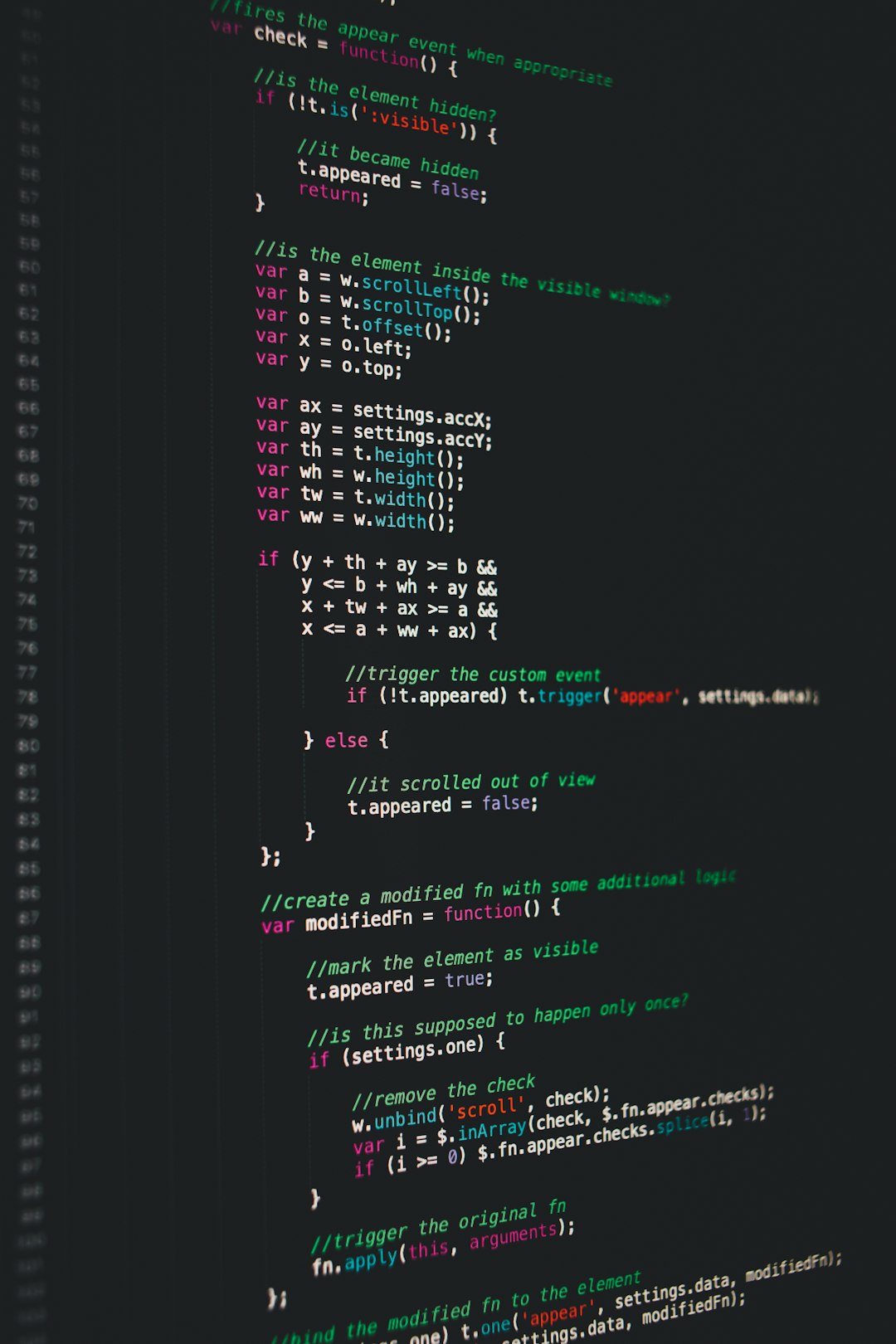WordPress is renowned for its user-friendliness and the ability to create dynamic websites with minimal effort. However, to truly unlock its full potential, every serious developer needs to go beyond themes and plugins and dive into the power of custom PHP. Custom PHP programming in WordPress empowers developers to fine-tune site behavior, streamline performance, and provide tailor-made functionality. Let’s explore how you can power up your WordPress website with custom PHP and transform it from functional to phenomenal.
The Power of Custom PHP in WordPress
At the heart of WordPress lies PHP—its core programming language. Most of WordPress’s features and functionalities are written in PHP. By writing custom PHP, you can hook into WordPress’s internal mechanics to:
- Modify how content is displayed
- Add unique features without third-party plugins
- Optimize website performance
- Create scalable, reusable components
For developers, this opens the door to building truly unique, client-specific solutions—without being restricted by what themes and plugins offer out of the box.
Where to Place Custom PHP Code
Custom PHP code can be added in various parts of a WordPress installation. Here are the most common methods:
- functions.php file inside your active theme or child theme
- Custom plugins created for site or client-specific functionality
- mu-plugins (Must-Use Plugins) that load before regular plugins
Using a child theme or custom plugin is typically the safest and most flexible way, especially for production environments where code persistence and portability are important.
Essential Techniques for Using Custom PHP Effectively
1. Using Hooks: Actions and Filters
WordPress uses a powerful system of hooks that allow developers to “hook into” the core system and alter its behavior without modifying core files. There are two types:
- Actions: Execute your code at specific points (e.g., when a post is published).
- Filters: Alter data before output (e.g., customizing the excerpt length).
Example of a simple action:
add_action('wp_footer', 'custom_footer_message');
function custom_footer_message() {
echo 'Thank you for visiting our site!
';
}
Example of a filter to change excerpt length:
add_filter('excerpt_length', 'custom_excerpt_length');
function custom_excerpt_length($length) {
return 20; // words
}
2. Creating Custom Shortcodes
Shortcodes allow you to embed dynamic content into posts, pages, or widgets using simple tags, like [our_products]. They’re incredibly powerful for non-coders who need reusable dynamic features.
Example:
function display_current_year() {
return date('Y');
}
add_shortcode('current_year', 'display_current_year');
Now, just place [current_year] anywhere in your content, and it will output the current year automatically.
3. Custom Post Types and Taxonomies
Outgrowing posts and pages? Custom Post Types (CPTs) help organize complex content like portfolios, testimonials, events, or products.
Example of registering a CPT:
function create_event_post_type() {
register_post_type('event',
array(
'labels' => array('name' => __('Events')),
'public' => true,
'has_archive' => true,
'rewrite' => array('slug' => 'events'),
'supports' => array('title', 'editor', 'thumbnail')
)
);
}
add_action('init', 'create_event_post_type');
You can also register custom taxonomies like “Genres” or “Departments” to further categorize and filter your CPTs.

4. Creating Custom Widgets
If you need a piece of functionality in your sidebar or footer, a custom widget can do the trick. Widgets are mini-plugins placed in widget-ready areas of your theme.
Here’s a basic widget template:
class CustomMessageWidget extends WP_Widget {
function __construct() {
parent::__construct(
'custom_message_widget',
__('Custom Message Widget'),
array('description' => __('Displays a custom message.'))
);
}
public function widget($args, $instance) {
echo $args['before_widget'];
echo 'Here’s a special message for our visitors!
';
echo $args['after_widget'];
}
}
add_action('widgets_init', function() {
register_widget('CustomMessageWidget');
});
5. REST API Enhancements
WordPress 4.7 introduced the REST API, making it easier to interact with WordPress using JSON endpoints. Custom PHP allows you to create your own endpoints or modify existing ones for fully integrated web applications.
add_action('rest_api_init', function () {
register_rest_route('custom/v1', '/date/', array(
'methods' => 'GET',
'callback' => 'custom_date_endpoint',
));
});
function custom_date_endpoint() {
return array('date' => current_time('mysql'));
}
This creates a simple endpoint at /wp-json/custom/v1/date/ that returns the server date. You can expand on this to deliver entire custom dashboards or single-page applications using front-end frameworks.

Debugging Made Simple with Custom PHP
Debugging is vital when working with custom code. WordPress provides multiple ways to ease this process:
- WP_DEBUG: Enable debug logging by editing
wp-config.php - var_dump() and
print_r(): Quick outputs - Error logging: Write custom logs using
error_log() - Third-party tools: Debug Bar, Query Monitor plugins
Proper debugging not only saves time but helps in maintaining high code quality for scalable projects.
Tips for Writing Clean and Secure PHP Code
When developing custom PHP for WordPress, always follow best practices to ensure security and performance.
- Always sanitize inputs with functions like
sanitize_text_field() - Validate user capability with functions like
current_user_can() - Escape outputs with
esc_html()oresc_url() - Use nonces to protect from Cross-Site Request Forgery (CSRF)
Example of secure form handling:
if (isset($_POST['custom_form_nonce']) && wp_verify_nonce($_POST['custom_form_nonce'], 'submit_form')) {
$input = sanitize_text_field($_POST['username']);
// Process form securely
}
Deciding When to Use Custom PHP Over Plugins
Plugin directories are filled with amazing options, but there are cases where writing custom PHP is better:
- When the needed functionality is too specific
- To reduce plugin bloat
- For performance-critical features
- To maintain full control over updates and code behavior
That said, don’t reinvent the wheel—if a plugin does it well and securely, it’s okay to use it. But never forget: the fewer dependencies you have, the more secure, lean, and maintainable your site becomes.
Conclusion
Mastering custom PHP in WordPress elevates your development skills and allows you to build truly tailored websites that go beyond the limitations of themes and plugins. From modifying core behavior with hooks to adding dynamic content through shortcodes, or creating REST API endpoints—there’s virtually no limit to what you can do with a little PHP knowledge under your belt.
So go ahead—dive into WordPress custom development, embrace the power of custom PHP, and unlock a whole new level of creative freedom.
Your website isn’t just a collection of pages—make it a fully dynamic, feature-rich application with your own custom PHP magic.